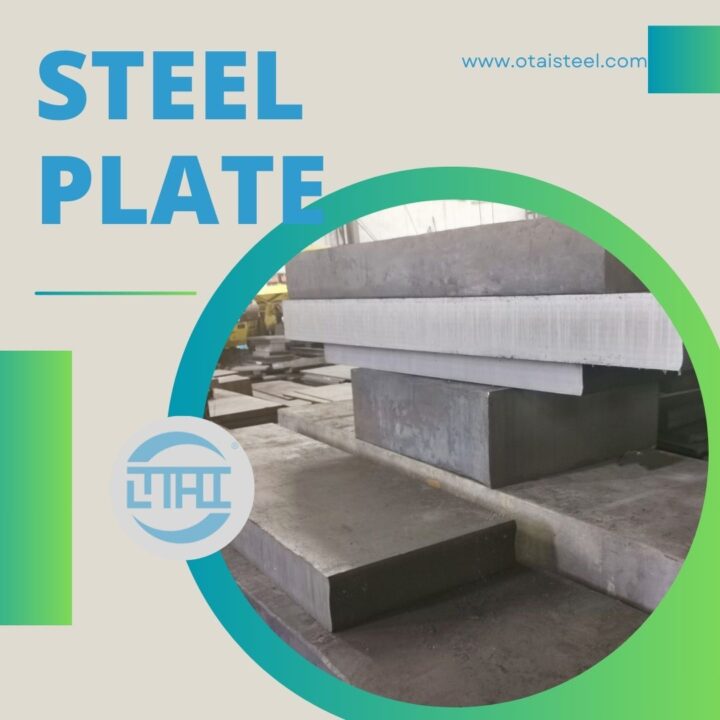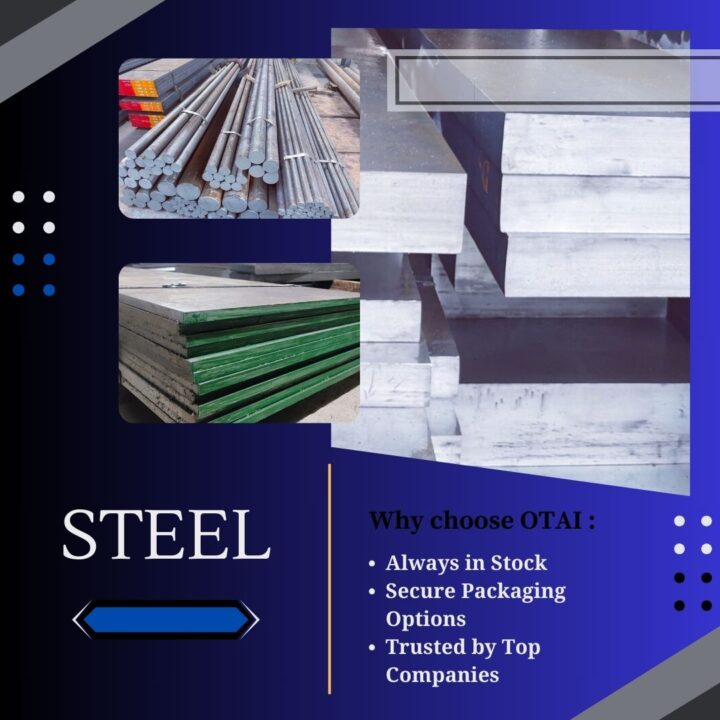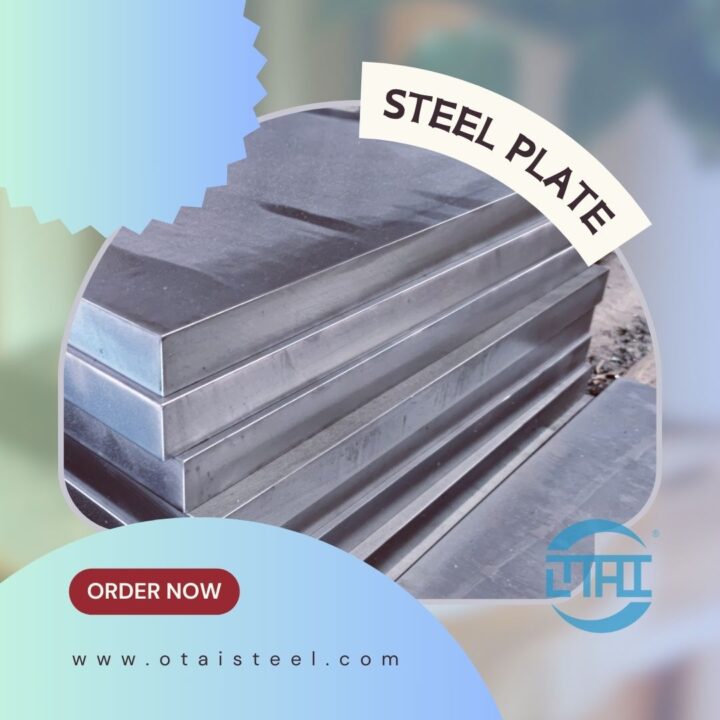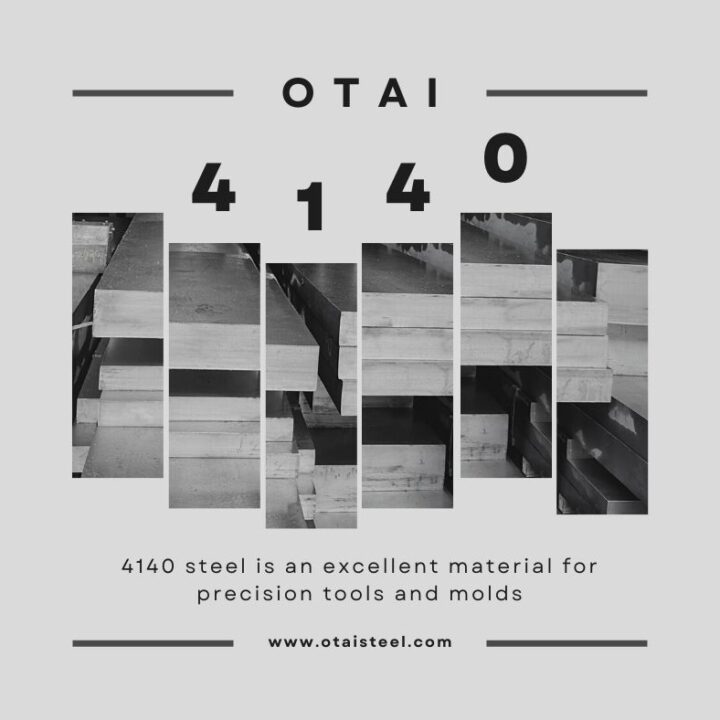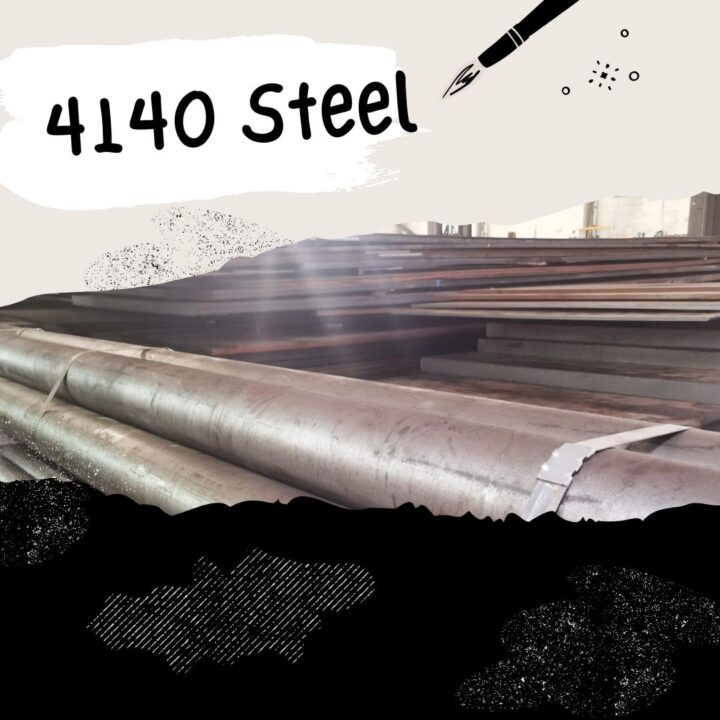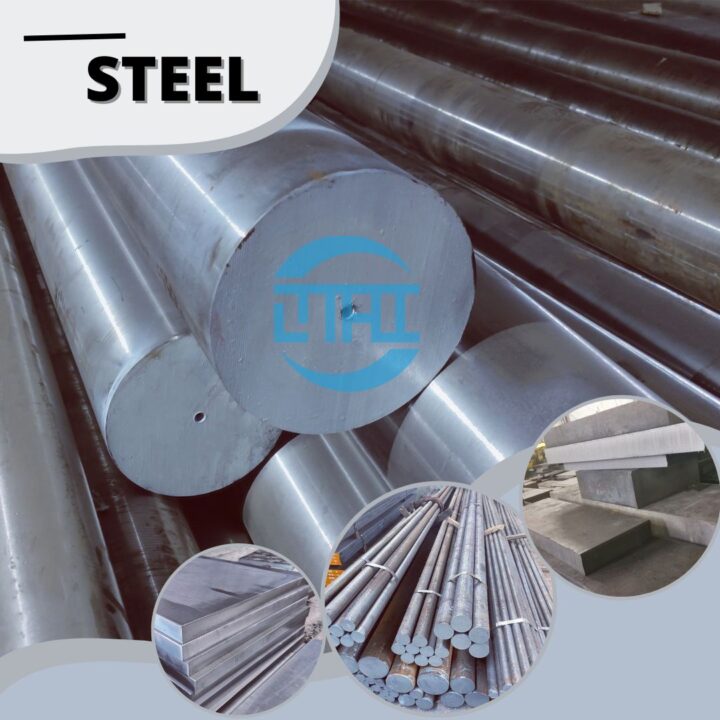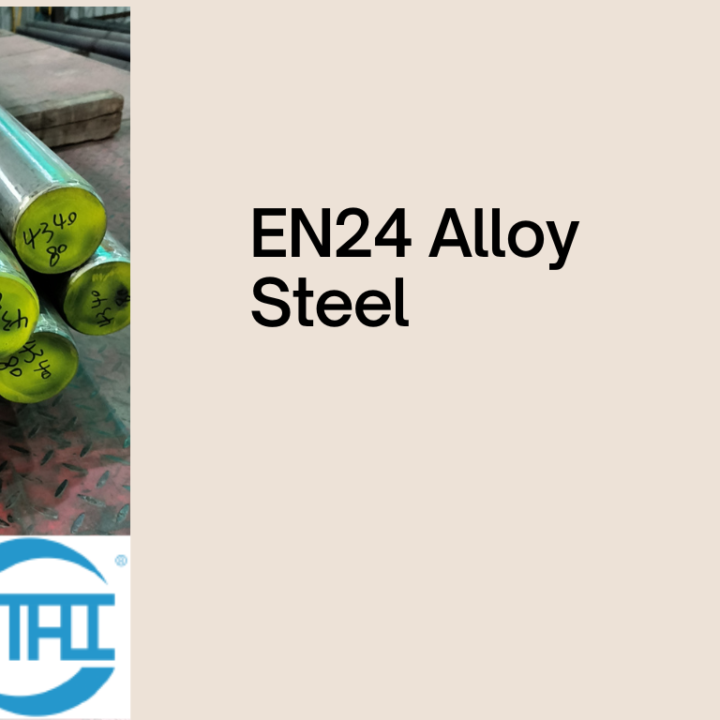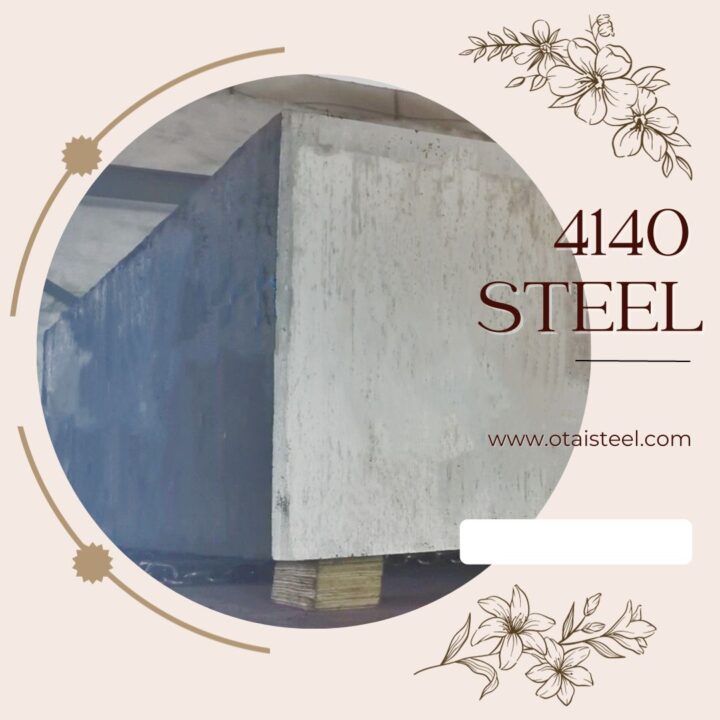4140 steel, also known as AISI 4140 or SAE 4140, is a versatile low-alloy steel that contains chromium, molybdenum, and manganese. It is widely used in the manufacturing of various components, such as gears, shafts, bolts, and structural parts, due to its excellent combination of strength, toughness, and wear resistance.
Non-Metallic Inclusions in 4140 Steel
- Types of Non-Metallic Inclusions
Non-metallic inclusions are solid particles that are entrapped within the steel matrix during the manufacturing process. The most common types of non-metallic inclusions found in 4140 steel include oxides, sulfides, silicates, and nitrides.
- Formation of Non-Metallic Inclusions
Non-metallic inclusions are formed during the steelmaking process, primarily due to the reaction of impurities with oxygen and other elements present in the steel. Factors such as temperature, alloy composition, and the presence of deoxidizing agents influence the formation and composition of these inclusions.
- Significance in Steel Properties
The presence of non-metallic inclusions can significantly affect the mechanical properties of 4140 steel. Depending on their size, shape, and distribution, these inclusions can either improve or degrade the steel’s strength, toughness, ductility, and other important mechanical characteristics.
Influence of Non-Metallic Inclusions on Mechanical Properties
- Effect on Strength and Toughness
The size and distribution of non-metallic inclusions can influence the strength and toughness of 4140 steel. Large and clustered inclusions can act as stress concentration points, leading to reduced strength and increased brittleness. On the other hand, finely dispersed inclusions can improve toughness by promoting crack deflection and energy absorption.
- Impact on Ductility and Formability
The presence of non-metallic inclusions can reduce the ductility and formability of 4140 steel. Large inclusions can act as initiation points for cracks, limiting the material’s ability to deform plastically before failure.
- Contribution to Fatigue Resistance
The presence of non-metallic inclusions can influence the fatigue resistance of 4140 steel. Fine and dispersed inclusions can enhance fatigue resistance by preventing crack propagation, whereas coarse inclusions can act as stress concentrators, leading to reduced fatigue life.
- Influence on Machinability
Non-metallic inclusions can affect the machinability of 4140 steel. Inclusions can cause tool wear, surface defects, and affect the surface finish during machining processes, impacting overall productivity and efficiency.
Evaluation and Analysis of Non-Metallic Inclusions
Accurate evaluation and analysis of non-metallic inclusions are essential for understanding their impact on the mechanical properties of 4140 steel. Several techniques are employed for this purpose:
- Microscopic Examination
Microscopic examination involves the use of optical microscopy to observe and analyze non-metallic inclusions. Sample preparation, etching, and imaging techniques are employed to study the size, morphology, and distribution of inclusions.
- Image Analysis Techniques
Image analysis software is used to process microscopic images and quantify the size, shape, and distribution of non-metallic inclusions. This provides valuable data for statistical analysis and comparison.
- Ultrasonic Testing
Ultrasonic testing is used to detect and characterize subsurface inclusions in 4140 steel. This non-destructive technique can provide insights into the internal integrity of components.
- Electron Microscopy
Electron microscopy, such as scanning electron microscopy (SEM) and transmission electron microscopy (TEM), allows for high-resolution imaging and detailed analysis of non-metallic inclusions at the nanoscale.
Mitigation of Non-Metallic Inclusions
The presence of non-metallic inclusions can be mitigated through various refining techniques during steel production:
- Refining Techniques
Refining techniques, such as argon oxygen decarburization (AOD) and vacuum oxygen decarburization (VOD), are used to reduce the oxygen content and control the formation of inclusions in 4140 steel.
- Vacuum Degassing
Vacuum degassing removes volatile elements like hydrogen and nitrogen from molten steel, minimizing the formation of undesirable inclusions.
- Electroslag Remelting (ESR)
Electroslag remelting is a specialized process that refines the steel and reduces the concentration of inclusions by utilizing a consumable electrode.
- Ladle Furnace Refining
Ladle furnace refining is another method used to control the composition of steel and minimize non-metallic inclusions.
Quality Standards and Specifications
Various quality standards and specifications guide the assessment and control of non-metallic inclusions in 4140 steel:
- ASTM E45 Standard
The ASTM E45 standard provides guidelines for the determination of the non-metallic inclusion content in steel using microscopic examination.
- ISO 4967 Standard
The ISO 4967 standard specifies the methods for determining the non-metallic inclusions in steel using automated image analysis techniques.
- Steel Manufacturer Specifications
Steel manufacturers often have their own internal specifications and control measures to manage the presence and impact of non-metallic inclusions in 4140 steel.
Case Studies: Real-World Impact
- Automotive Industry
In the automotive industry, the presence of non-metallic inclusions can affect the performance and safety of critical components such as crankshafts, connecting rods, and gear shafts.
- Aerospace Applications
Aerospace components made from 4140 steel must meet stringent mechanical property requirements to ensure the structural integrity and reliability of aircraft parts.
- Tool and Die Manufacturing
In tool and die manufacturing, the presence of inclusions can affect the durability and wear resistance of cutting tools, impacting the precision and quality of manufactured parts.
- Heavy Equipment Sector
Components used in heavy equipment, such as excavators and bulldozers, must exhibit high strength, toughness, and fatigue resistance, making the control of non-metallic inclusions essential.
The evaluation, analysis, and mitigation of non-metallic inclusions are crucial steps to ensure the reliability, safety, and efficiency of components made from 4140 steel.
